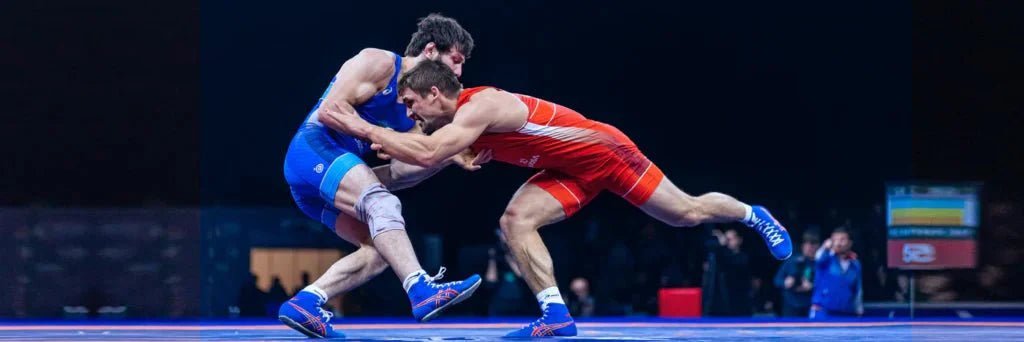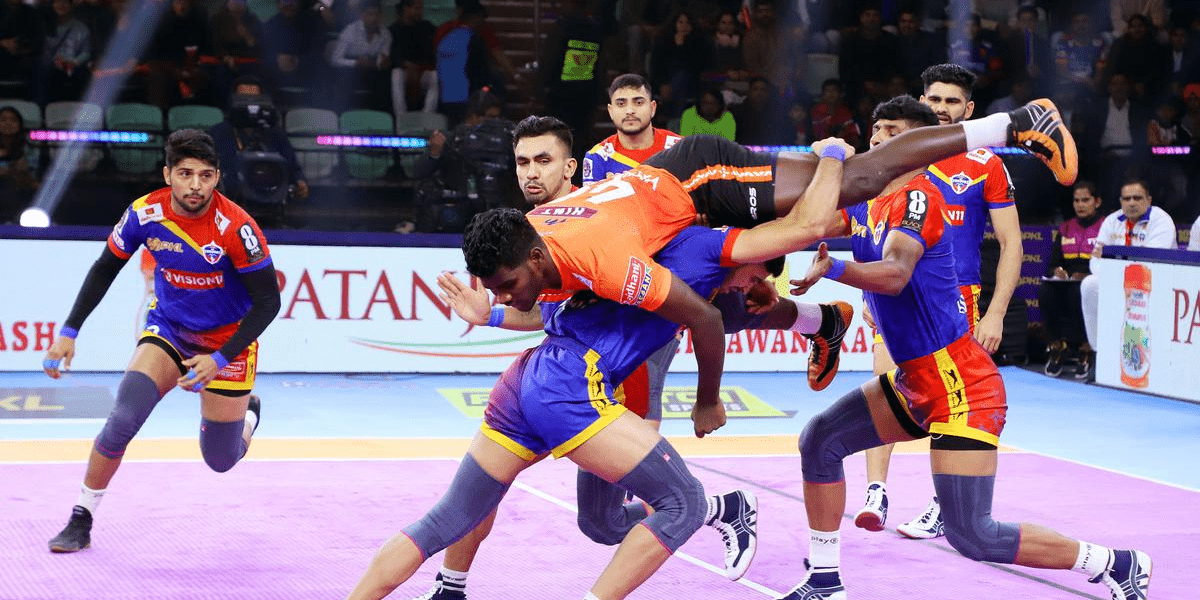Wrestling is a rough and tough game. To perform better and keep the muscles in shape, a proper diet must be the priority for the wrestler. A wrestling diet plan is similar to the diet of other players but it is more customized according to the body needs of the sportsperson. Many sports persons do not pay adequate attention to their diet, which results in poor performance. In layman’s terms, we can say that practice and a proper diet constitute the best possible game.
Pyramid Food Theory for a Balanced Diet
The wrestler’s diet can be based on the pyramid food theory.
Top Level
At the top level, items such as grains, rice, oats, bread, cereals, and other carbs should be included. The proportion of all the components of food items is divided on the basis of their needs in our bodies and they are customisable for each individual. Carbohydrates or Carbs are the major energy-giving food items which get absorbed fastest and should be consumed in greater quantities than other food items.
Middle Level
The next level is fruits and vegetables. These food items are rich in minerals and vitamins. The fruits and vegetables can be eaten raw or can be mixed with other food items as per the preference of the sportsperson.
Bottom Level
Then food items of importance on the third level are dairy and meat products. These items are often rich in protein as this group contains eggs, meat, tofu, soya, and other milk products. And the top level of the pyramid includes healthy fats and sugars which are required in small quantities.
Customization of Wrestling Diet Plan
The dietary needs of a wrestler should be discussed well in advance as to know their goals out of the nutrition plan and also to understand their expectations, training schedules and dietary patterns. To further develop a wrestler’s diet one needs to be aware of body measurements such as fat percentage, weight, height, and the goals of the wrestler. As we know, Wrestling has multiple customisations primarily based on the weight brackets of the players. These games require losing and gaining weight quite often.
A wrestler’s nutrition must contain appropriate amounts of carbs, macros, micros, minerals, vitamins, fats, and proteins. This will enable the body to function properly.
After setting a goal, the wrestler’s diet needs to be planned in consultation with the nutritionist and according to the wrestler’s food preferences. The wrestling diet plan can be divided into an intake of 6-8 small meals at regular intervals pre, post, and during the practice sessions.
Here are some ways to customize a wrestling diet plan:
Determine caloric needs:
As mentioned earlier, a wrestler’s caloric needs will depend on their age, gender, weight, and activity level. To customize a diet plan, a wrestler can calculate their specific caloric needs and adjust accordingly.
Consider dietary restrictions:
Some wrestlers may have dietary restrictions, such as allergies or intolerances to certain foods. It’s important to make substitutions or avoid these foods altogether to ensure the wrestler is still getting all the necessary nutrients.
Plan meals around training schedule:
A wrestler’s training schedule may vary day to day, and it’s important to plan meals accordingly. For example, if a wrestler has a morning training session, they may want to take protein supplements only and have a more substantial meal after training.
Focus on nutrient-dense foods:
While it’s important to consume enough calories, the quality of the food is also important. Wrestlers should focus on consuming nutrient-dense foods, such as fruits, vegetables, whole grains, and lean protein sources, to ensure they are getting all the necessary nutrients for optimal performance.
Consider supplementation:
While it’s best to get all necessary nutrients from food, wrestlers may benefit from supplements, such as protein powder or omega-3 supplements, to help meet their dietary needs.
Monitor weight:
If a wrestler is trying to lose weight, it’s important to monitor their weight regularly to ensure they are losing weight in a healthy way. A nutritionist or coach can help adjust the diet plan as needed to support weight loss goals.
Meal Timing for Wrestlers
In addition to the types of foods wrestlers eat, the timing of their meals is also important. Wrestlers should aim to eat a balanced meal containing carbohydrates, protein, and fat every 3-4 hours. This will help maintain stable blood sugar levels and provide a steady source of energy throughout the day.
In the hours leading up to a match, wrestlers should focus on consuming easily digestible carbohydrates, like fruit, to provide a quick source of energy. It’s also important to avoid foods that are high in fat or protein, as they can take longer to digest and may cause digestive issues during the match.
Why Protein is Important in the Diet and its Sources
The wrestling diet plan focuses more on the protein intake for the body to recover the muscles faster and to keep the game in strong form. But let us first understand how much protein the wrestler needs as it is one of the most significant components in the diet. The protein not only repairs the body but also helps the cells of the body to function properly. The rich intake of protein helps in the absorption of the hormones secreted by the body.
Each wrestler should consume about 0.5 grams to 1 gram of protein per pound of their body weight to regularly repair and rejuvenate their muscles.
The protein requirement for the body can be filled by various protein sources consumed by the wrestler such as protein powders, eggs, meat, pulses, soya and paneer, and whey proteins. These food items are easily available and can be integrated with a balanced diet which will be consumed around the clock. There are multiple ways in which the protein products can be taken at different intervals of time.
Here is a quick list of the high-protein food for the wrestler’s diet:
- Protein Powder
- Whey Powder
- Dairy Products (Milk, Paneer Buttermilk, etc)
- Pulses and Legumes
- Meat Products (White and Red Meat, Eggs)
Once the wrestling nutrition plan is charted, the meals can be counted for calories as the normal calorie range may lie between 1700-2000 calories for a day. Apart from this, the player should also manage to have proper calcium and water intake. This is to support the functions of the body and to enhance the absorption of the nutrients given to the body.
The nutrition diet plans should be revised after regular intervals as the body demands various elements at different points in time depending on the wrestler’s game and routine. The wrestler’s diet is customizable and should be monitored months before and after the match to support the body in preparing itself for major events.










Leave a comment
This site is protected by hCaptcha and the hCaptcha Privacy Policy and Terms of Service apply.